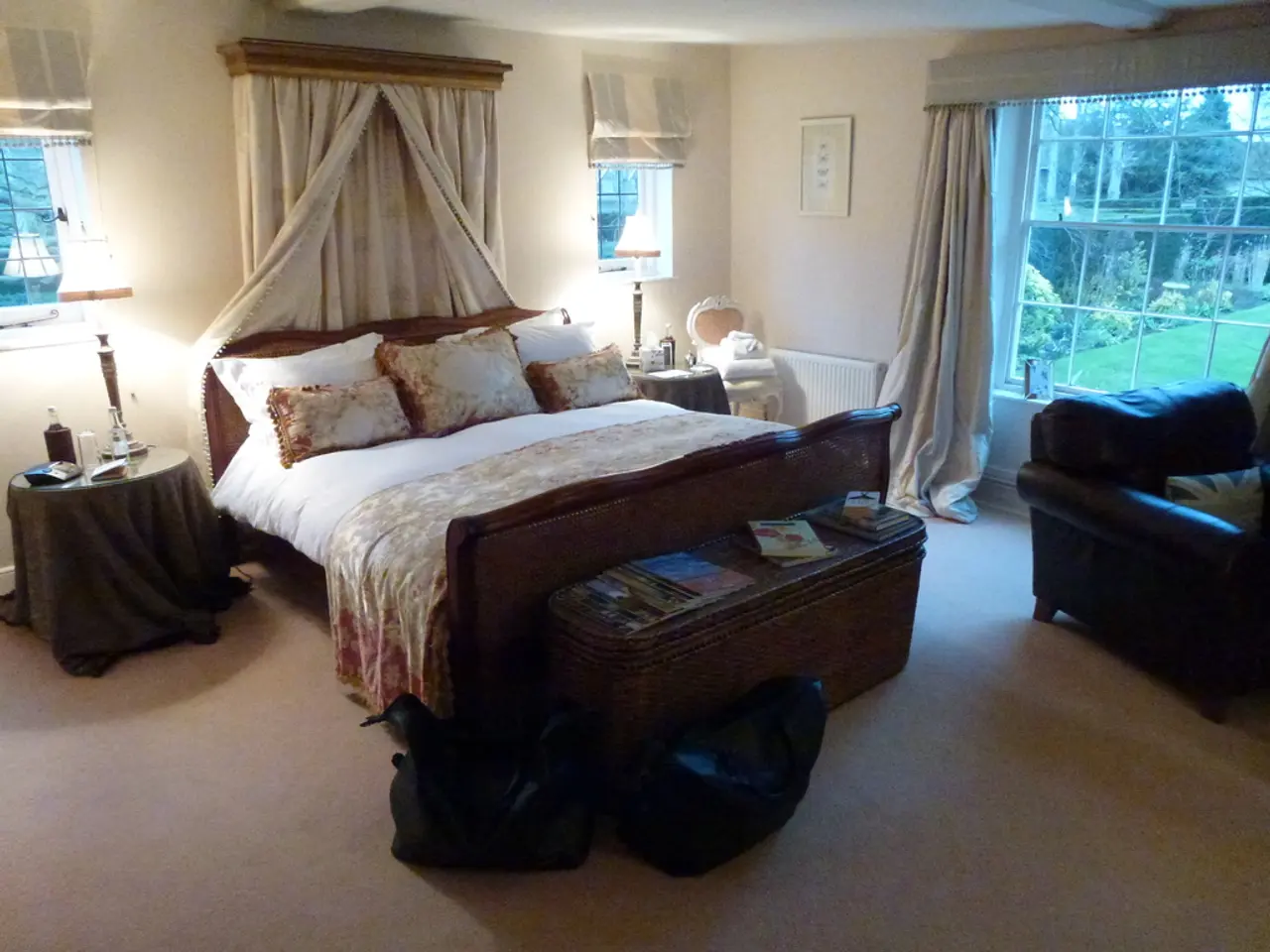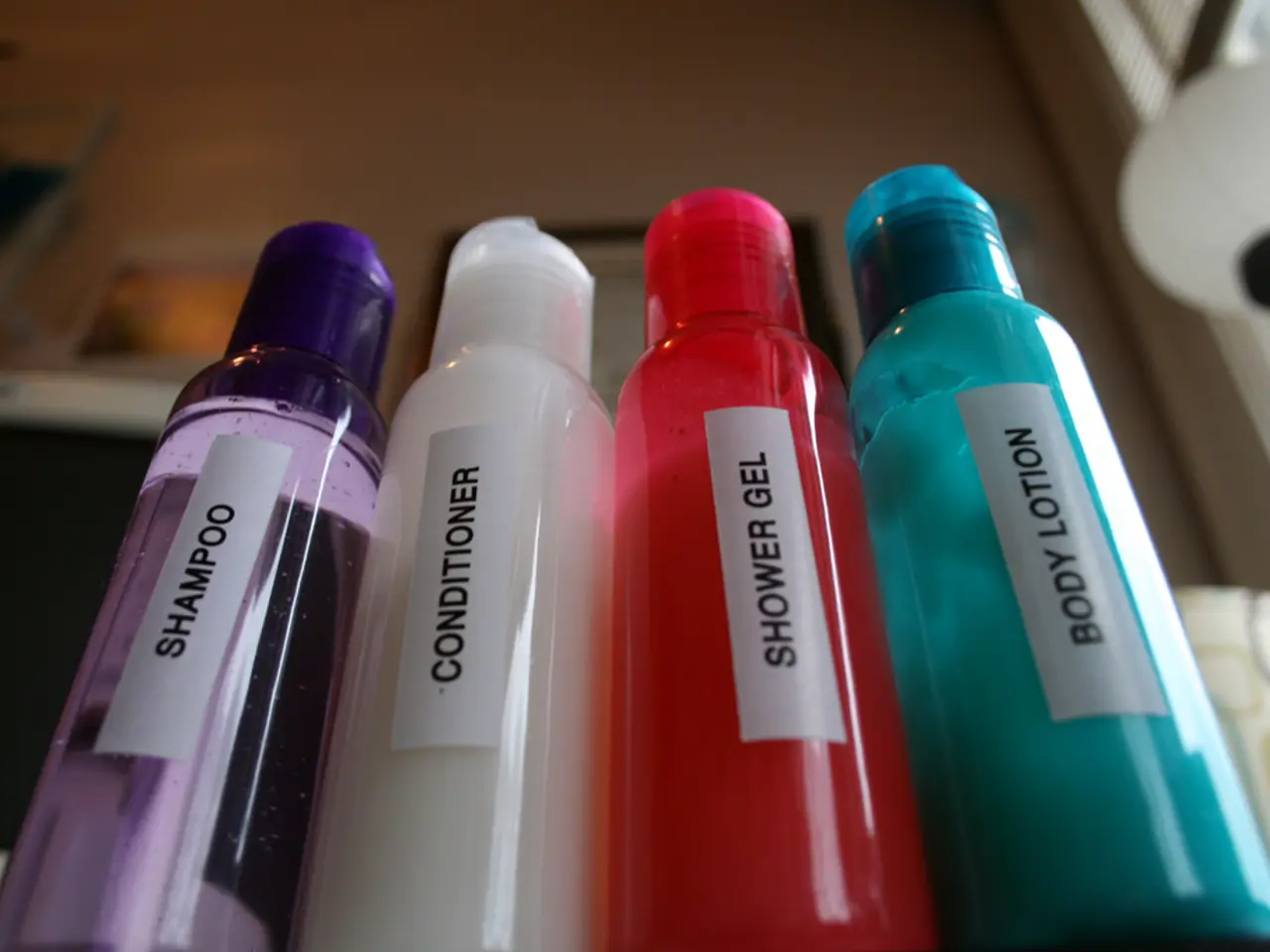Enclosed Green Space Safeguarded via Raised Window
In the heart of a cold climate, gardening can be a challenge. However, with the right setup, it's possible to extend the growing season and improve plant survival. One innovative solution is the raised window-protected garden, a combination of a raised garden bed and a mini-greenhouse that caters to the unique needs of cold-weather gardening.
Here's a step-by-step guide on building this effective garden solution:
### 1. Constructing the Raised Garden Bed
Begin by constructing the raised bed using sturdy materials like 2x8 inch boards. The size can vary, but it should be accessible and manageable. Elevate the bed by removing soil from pathways and adding it to the beds, effectively doubling the topsoil depth and improving drainage. This design helps the bed warm up quicker, reducing frost risks in colder climates, making it ideal for early planting in spring and extending the growing season.
### 2. Preparing and Improving the Soil
Clear debris and weeds from the planting area. Loosen the soil and mix in organic matter like compost to improve drainage and nutrient content. Good drainage is critical to prevent root damage from soggy conditions.
### 3. Adding a Protective Cover
Use an old storm window or glass/plastic pane to create a removable cold frame or greenhouse cover on top of the raised bed. This cover traps heat, shields plants from frost, wind, and pests, essentially creating a mini-climate ideal for cold climates. Position the cover to face south for maximum sunlight exposure during the day. Ensure the cover can open for ventilation on warmer days to prevent overheating.
### 4. Site Selection
Place the garden in a sunny, level location sheltered from strong winds. Avoid frost pockets or areas where water tends to collect. Elevate the cold frame slightly on bricks or wooden blocks to ensure excess water drains properly.
### 5. Optional: Using Row Covers and Hoop Supports
For additional wind protection and to buffer temperature fluctuations, install low hoops made of metal conduit or wire inside the bed. Cover hoops with fabric row covers that do not touch plants to protect tender crops while allowing airflow.
### Benefits for Cold Climates
- Accelerated soil warming - Extended growing season, allowing cultivation of heat-loving plants without a greenhouse - Protection against frequent cold snaps, wind, and pests - Easier soil management and maintenance with raised beds reducing strain from bending over
By combining these elements—a raised soil bed with enhanced soil, protected by a transparent removable window-style cover—placed in a sunny, sheltered spot, you can build an effective garden suited for cold climates that extends your growing season and improves plant survival and productivity.
The results of growing tomatoes in the raised window-protected garden were impressive. In cases where the raised bed is built on a driveway with no soil, landscape fabric can be used to prevent earthworms and other living things from accessing the bed.
Wooden raised beds should be protected from rotting using an Eco wood treatment. The raised window-protected garden is easier to build than a greenhouse. A frost blanket can be added to the raised window-protected garden for extra protection in cold climates.
Initially, the raised window-protected garden was a temporary solution for spring seedlings. However, it soon proved to be a valuable addition to the gardening setup, providing a haven for plants to thrive in even the coldest weather.
- To warm up the soil quicker and reduce frost risks in colder climates, construct a raised garden bed using durable materials like 2x8 inch boards.
- For effective plant growth, prep the soil by clearing debris, loosening it, and adding compost to improve drainage and nutrient content.
- To shield plants from cold, wind, and pests, create a removable cold frame or greenhouse cover using an old storm window or glass/plastic pane.
- Position the garden in a sunny, level location sheltered from strong winds, and elevate it slightly for better drainage and protection against frost pockets.
- For additional protection and temperature stabilization, consider installing low hoops with fabric row covers, providing wind protection and allowing airflow for tender crops.
By following these steps, you can create a raised window-protected garden, an innovative solution ideal for cold climates that prevents frost, enhances soil, and prolongs the growing season.




